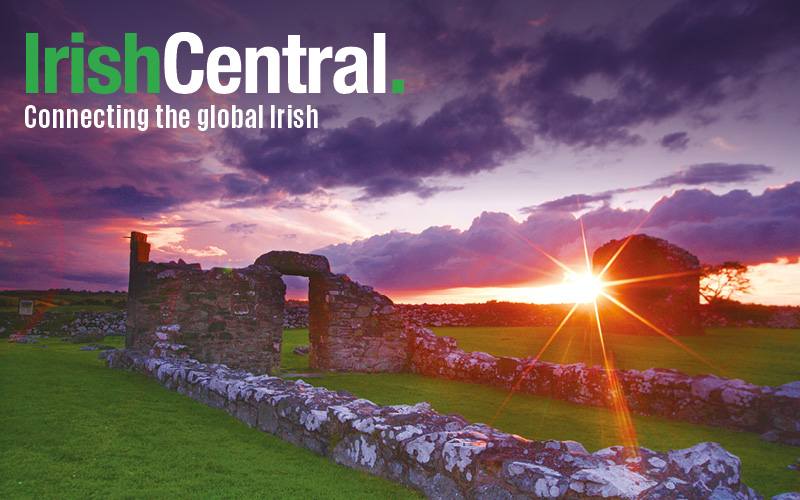It’s vacation time here in the US and lots of folks like to travel to Ireland. It’s close; it’s not 9 million degrees; Guinness is delicious; it is the ancestral homeland of about 35 million Americans, and Kim Kardashian and Kanye West think it is cool enough to honeymoon there. Lots of reasons to love the Emerald Isle.
Well just a few weeks ago, thousands of Irish students sat for their leaving certificate exams, a set of exams that they must pass in order to graduate from high school. They also double as college placement exams. Students are required to sit for six exams (though most take seven and keep their six best scores). They must take English, Irish, and Math, and can then choose from a host of other subjects for their remaining three (or four) exams.
Students must simply pass their exams to successfully graduate, but to matriculate to college they must acquire enough points for the university and major they are interested in pursuing. There are two levels of exams, “ordinary” and “higher.” Each ordinary level test has a maximum score of 60 points and each higher level test has a maximum score of 100 points.
The various programs and universities set different bars for admission. If, for example, you would like to study social science at University College Cork, you would need to amass 385 points. Want to enter the nursing program? 450 points. Finance? 475.
If you’re interested in studying at Trinity College, the top university in Ireland, the points are even higher. To study history, you need 465 points. Law? 530. Pharmacy? 565.
As a professional education researcher and amateur history buff, I love to learn what students around the world need to know about history, particularly if (and what) they need to learn about America.
Ireland’s leaving certificate exam for history offers a couple of “Document Based Questions” that those familiar with the AP test would recognize. Students have to read an original document and relate it to what they know about the history of the time.
But then, Irish students have to write a series of essays on a wide range of historical topics. For the “modern history” exam, the last section of the test offers a set of questions for each of six separate time periods: 1815-1871, 1871-1920, 1920-1945, 1945-1992 (Europe), 1945-1990 (Asia/Africa), 1945-1989 (The United States).
The “higher” level questions from that first section are a doozy. Students had to choose one from the follow four options:
- What were the main political developments in the Germanic lands during the period 1815-1871?
- Why was France politically unstable during the period 1815-1871?
- What were the main social and economic developments in Europe, 1815-1871?
- What were the key developments in one or more of the following during the period 1815-1871: science; technology; city planning?
Not too shabby. But I was most interested in the last section — the good old US of A.
They had to be able to answer one of the following four questions:
- Why did race relations remain a major issue in the US, 1945-1989?
- What were the strengths and weaknesses of Lyndon Johnson as a political leader?
- What were the significant developments in the US economy, 1945-1989?
- How did the Americans achieve a successful moon landing in 1969 and what was its importance for the US?
I’d hate to think of the answers I would get from some high school seniors here in the states to those questions. I’d also be interested to know if they would be able to do the same for significant people and events from other countries. Could they compose an essay about the strengths and weaknesses of Charles de Gaulle as a political leader, or Tony Blair? I wouldn’t hold my breath.
If you think the “ordinary” level students have it easy, they don’t. Students had to write a paragraph about one of the following topics
- The US economic boom, 1945-1968.
- Urban poverty, drugs and crime.
- Betty Friedan.
- The US withdrawal from Vietnam.
And then had to answer one question of the following four:
- What problems did Harry Truman face, 1945-1953, and how did he tackle them?
- What did the Montgomery bus boycott (1956) contribute to the Civil Rights movement?
- How did the US achieve a moon landing in 1969 and what was its importance?
- In what ways did Billy Graham promote religion in modern America?
Again, I think that is pretty impressive. If students were even conversant in those eight topics, they would have a pretty good picture of America in the latter half of the 20th century. Given the fact that they don’t live in America, it is particularly impressive.
On the 2010 NAEP history exam, only 13% of US students scored at or above proficient in history. Whether it is Santayana’s charge that those who forget history are doomed to repeat it, or Jefferson’s calls for an educated populace as the bedrock of a democracy, we have serious reasons to be concerned that our students do not know enough about our own history, or the history of the world outside of our borders.
If Irish kids can be expected to have a detailed knowledge of American history, we should expect the same of our own.
This article is re-posted from AEIdeas, the public policy blog of the American Enterprise Institute. To read more posts by Michael McShane, click here.




Comments